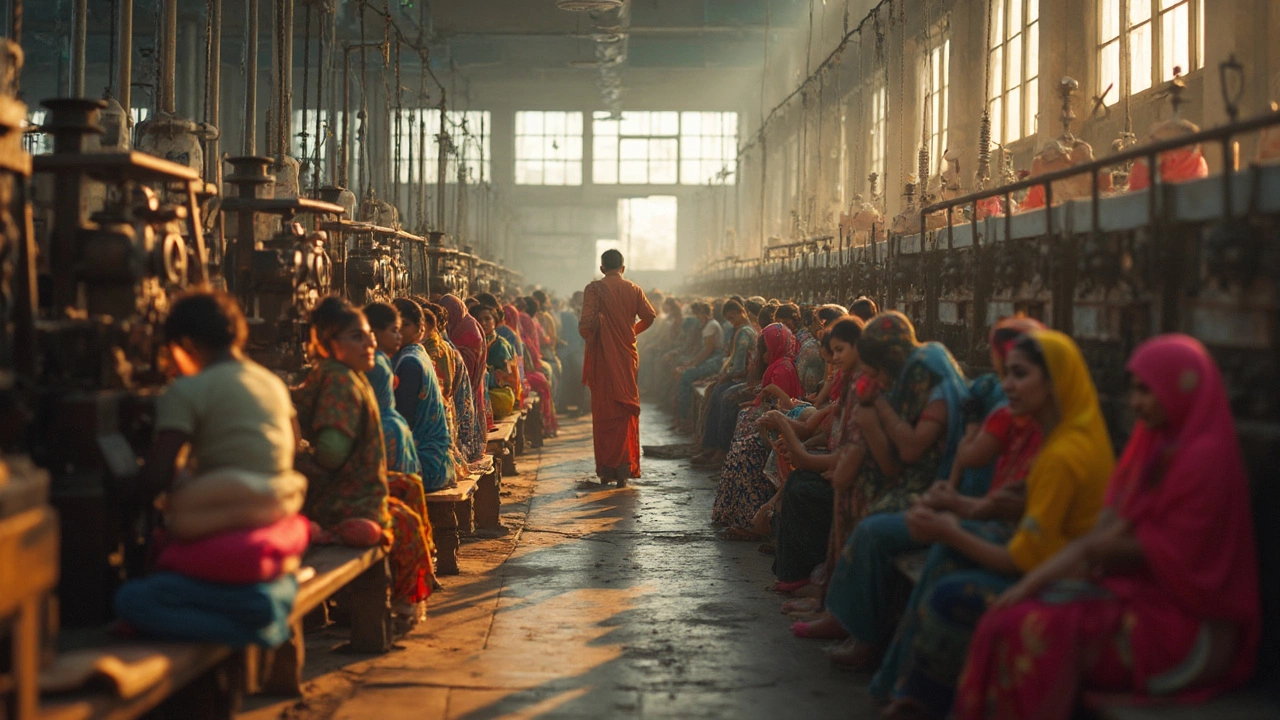Textile Hubs India: Regions, Leaders & Growth Insights
When talking about Textile Hubs India, the geographic areas where textile production, processing and export are densely packed. Also known as Indian textile clusters, it represents the backbone of the country’s fabric economy.
These hubs are more than just locations; they are ecosystems that combine skilled labor, raw material access, and logistics. For example, the Arvind Limited, one of the biggest fabric manufacturers in the world anchors the Gujarat cluster, while Reliance Industries, a diversified giant with a strong textile arm fuels the Maharashtra and Maharashtra‑Gujarat corridor. These companies fuel export growth and attract downstream businesses.
Textile Hubs India thrive because they blend three core attributes: high‑volume production capacity, integrated supply‑chain links, and government support like tax incentives. The hub in Surat, for instance, benefits from a ready supply of cotton and a dense network of dyeing units, making it a leading export hub for denim and shirting fabrics. Meanwhile, the Varanasi region leverages its heritage in silk to command premium prices in global markets.
Why Regional Clusters Matter
Each hub focuses on specific product segments. The Coimbatore cluster is famous for knitted apparel and technical textiles, while the Bangalore area leans toward engineered fabrics for automotive and aerospace use. This specialization lets companies tap into niche markets, improve R&D efficiency, and reduce turnaround times. In turn, the presence of research institutes and training centers in these zones raises the skill level of the workforce, creating a virtuous cycle of innovation.
Export performance is another key metric. According to the latest trade data, the combined output of these hubs accounts for over 70% of India’s textile export value. Ports like Kandla and Mumbai serve as critical gateways, linking inland production zones with overseas buyers. Logistics hubs close to these ports reduce freight costs, which is why many manufacturers set up satellite facilities near them.Policy frameworks also shape the growth trajectory. The government’s “Textile Parks” initiative bundles infrastructure, power, and water supply into single locations, making it easier for new players to establish operations. This has sparked a wave of small‑scale manufacturers that complement the large firms, adding diversity to the cluster’s product mix.
Looking forward, sustainability is reshaping hub strategies. Companies are investing in water‑recycling plants, eco‑friendly dyes, and renewable energy sources to meet global buyer expectations. The push for organic cotton and recycled polyester is especially strong in hubs that have the capacity to retool quickly.
All these factors—product focus, export logistics, policy support, and sustainability—interact to define the strength of a textile hub. As you explore the articles below, you’ll see how each piece dives into a specific aspect, from the rise of high‑demand products in 2025 to the role of AI in modern textile factories. The collection gives you a panoramic view of how India’s textile hubs are evolving, the challenges they face, and the opportunities they present for investors, manufacturers, and consumers alike.
